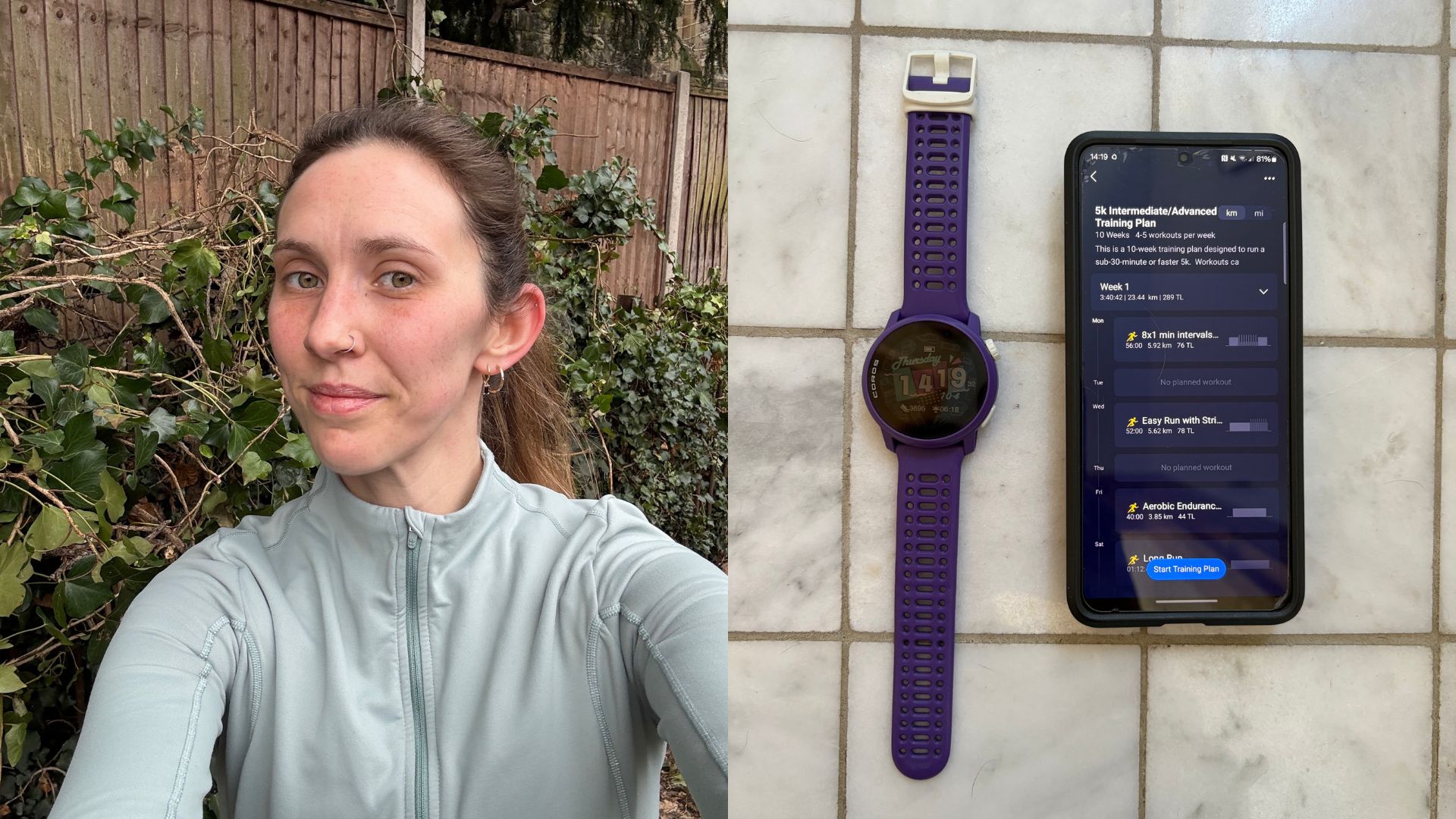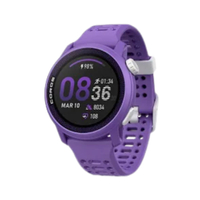This is the exact running plan I followed for two months to finally get my 5K run time under 30 minutes
And it helped me fall in love with running again


I first started running in 2020 when I did a Couch to 5K program. I completed the running plan in a few months and felt pretty proud of myself.
However, by the end of the program, I wasn’t actually running 5km—I was running for 30 minutes, which took me to around 4.5km.
That’s the quiet flaw with Couch to 5K programs. Despite the name, they train you to run for time, not distance.
Don’t get me wrong, running for 30 minutes is still a huge achievement for me (and it’s a great goal for beginners) but after ticking that box, I set my sights on wanting to do 5km in 30 minutes or less.
When I got to test the Coros Pace 3 last year, I spent a few months following this specific 5K Intermediate/Advance Training Plan to build my speed—and it worked.
Not only did it help me get my fastest 5km time of 28:39 (thank you very much) but I also rediscovered my love of running. Here’s what I learned from the process.
The Coros Pace 3 has completely changed my approach to running; it helped me understand where my heart rate should be on an easy runs, lets me know when I should rest and tells when I should push myself. It also has a maps feature, so you can design runs and follow them on your wrist. I would recommend it to anyone who wants to improve their race speeds and fancies a mid-range watch.
Everything I learned on the running plan
A post shared by Fit&Well (@wearefitandwell)
A photo posted by on
Yes, running slow will actually help you run fast
I’ve heard this advice so many times but never took it on board.
Start your week with achievable workout ideas, health tips and wellbeing advice in your inbox.
Before this program, I was running every session at my top pace and effort, without any variation.
It wasn’t until the clever Coros watch analyzed my heart rate to help me set my slow and easy pace—between 7:50 and 8:40 per km—that I realized how slow my easy pace should be.
At first, running this slowly felt silly but it meant that I didn’t feel so wiped out after every run, so I could fit in more slow, easy miles over the week.
Doing more miles improved my aerobic capacity and cardio function, so I felt less out of puff when I did my faster sessions. Turns out, running slower and building a steady base really does help you get faster.
Finding your easy pace will make you love running again
Once I gave myself permission to slow down I started to fall in love with easy runs, especially longer, more leisurely 10km runs through local parks and nature trails.
We all know cardio is good for us but finding an activity you enjoy will help you build consistency (I promise).
This consistency is what will actually help you improve and maintain your fitness.
Increasing your distances will help you get stronger
Although the Coros program focused on improving 5km times, it had me running distances of up to 11km.
Previously, any time I ran distances longer than 7km, my knees would start to ache.
But following this program allowed me to gradually build up to these longer distances, giving my body time to adapt.
By the time I was tackling 10km runs, my knees felt absolutely fine—a sure sign that my strength and muscular endurance had improved, particularly in my quads (front of thighs).
It’s not always easy to stick to the plan
I had to fit four or five runs in each week, some of them over 10K. This was a huge time-sink and I found it hard to fit everything in around my job and family life.
I also got over-excited and tested my fastest 5km just four weeks into the program, which isn’t what the run coach recommended.
That’s when I hit my best time of 28:39, so it’s possible I could have got an even better time if I’d stuck with the plan.
Unfortunately, after about eight weeks I was struck down with a lung infection and told I shouldn’t exercise at all for a month. Injuries and illnesses happen and it’s important to always put recovery first.
While I was disappointed to miss the final weeks and race day, I still learned a lot by following the Coros plan.
It’s been a few months since I completed the program but I still love slow running and can now pull a sub-30-minute 5km out of the bag.

Ruth Gaukrodger is the fitness editor for Fit&Well, responsible for editing articles on everything from fitness trackers to walking shoes. A lot of her time is spent interviewing coaches and fitness experts, getting tips on how to make exercise less intimidating and more accessible.
She's a keen runner and loves strength training. She also enjoys honing her yoga skills from the comfort of her living room.
